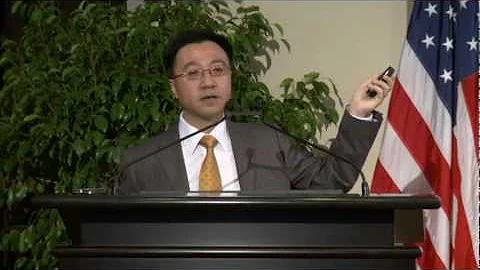According to foreign media reports, compared with the optimistic attitude of Google towards the Android system at Google I/O 2015 at Google Network Development Annual Conference, the market share of the Android system in high-end smartphones has been further reduced. At the same time, the Android tablet has not attracted enough attention to consumers and has not gained more market initiative in the video game field. Over the past year, Google's Android software deployment has been slowing down, lagging 20% behind the previous year. |

Andriod software deployment pace is regressing
In Google I/O 2015, Google pointed out that only 9.7% of Android users upgraded the system to the Android 5.0 version (lollipop) released by Google in 2014, while 39.8% of users are still using the Android 4.4 version released in 2013, and 39.2% of users are still using the Android Jelly Bean version released in 2012. Even 11% of users are using the Android system released in 2011 or earlier.
However, this situation was even less optimistic at the 2016 Google I/O annual meeting. Only 7.5% of users are using the latest release of Android 6 version, which means that the deployment success rate of Android system has dropped by 20%. Meanwhile, 35.5% of users used the Android system updated two years ago, a 10% year-on-year decline; 32.5% of users used the Android system updated three years ago, a 17% year-on-year decline. However, the number of users using the Android system four years ago or longer accounted for 24.4%, an increase of 120% year-on-year.
As early as 2013, Apple released an updated statistics on its iOS system, showing that 93% of users are using its latest version of iOS system. At that time, only 33% of Google's users were using its latest version of Android. Now, the deployment of the Android system is even more intensifying the decline.
high-end mobile phones are a major pain point in the Android system
On the one hand, the growth rate of the entire smartphone market has slowed down, and even some of the segments have completely disappeared in the past year. In 2014, smartphone shipments increased by 282 million units, a year-on-year increase of 28%. By 2015, this figure was 130 million units, a year-on-year increase of only 10%. In 2016, overall sales are expected to remain the same as last year. In fact, the slowdown in smartphone shipments has a much greater impact on Android than iOS.
Not only that, but since 2010, the average selling price of Apple iPhone phones has remained around $700, while the average selling price of Android phones has dropped from $441 to $250. Overall, the premium for Apple iPhones is over $400 compared to Android phones.
Google targets low-end smartphones, while Samsung targets high-end smartphones, but without exception, they all ended in failure.
Of course, the price of high-end Android smartphones has not dropped, such as Samsung Galaxy S and Note series smartphones, are priced higher than Apple iPhone phones in the same period.

However, the fundamental reason for the decline of Android smartphones is that the proportion of mid- and low-end smartphones is increasing. On the one hand, assuming that Android phone manufacturers can supply more advanced smartphones at a lower price, the lower the cost of users updating the latest version of Android system, and the deployment of Android system will be more active.
In fact, the Android 6 (Marshmallow) version is not a system developed for high-end smartphones, and its hardware requirements are not high. Google CEO Sundar Pichai once regarded this version of the Android system as a system developed "specifically for the next billion users."
However, this version of Android system deployment hit a new low, indicating that Google's strategy on Android deployment failed.
At the same time, Samsung's current situation in the high-end smartphone market is not optimistic. In the first quarter, the shipments of Samsung Galaxy S7 were 9 million units, accounting for only a small part of Samsung's smartphone shipments in the quarter (80 million units).
In fact, outside of Samsung's high-end smartphones, Samsung rarely actively updates its low-end phones. The cooperative operators have also slowed down the pace of Android system update to a certain extent. For example, telecom operator Verizon is currently promoting Samsung's Galaxy S5 smartphone.
The widespread presence of older versions of Android systems means that the Android system released by Google every year has not been effectively deployed. Apple does not have this problem, which effectively ensures that Apple users can quickly turn to new services, and third-party developers can also use the newly launched API functions immediately, thus ensuring the good operation of the entire iOS ecosystem and the stable growth of Apple services.
https://www.linuxprobe.com/google-andriod-future.htmlhtml











